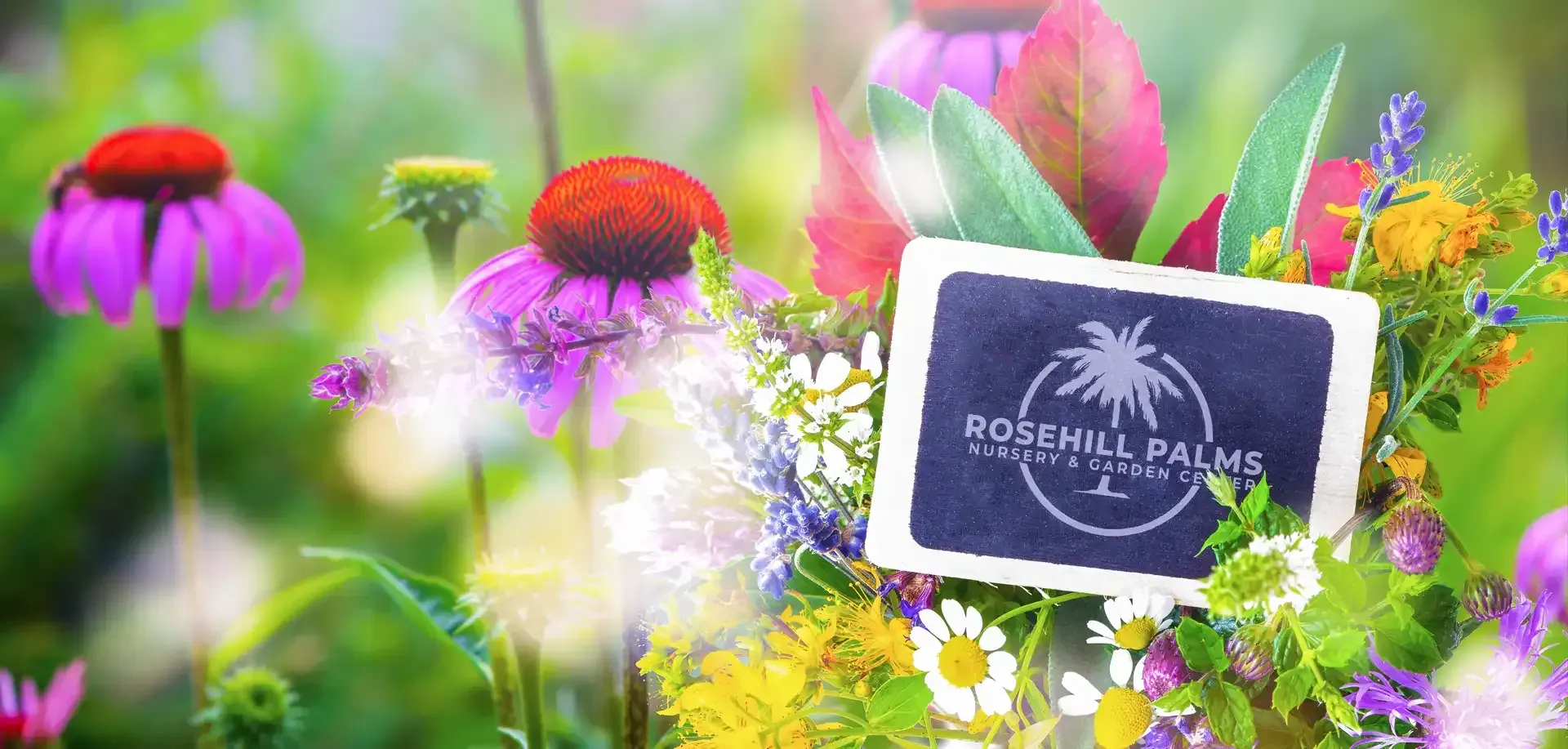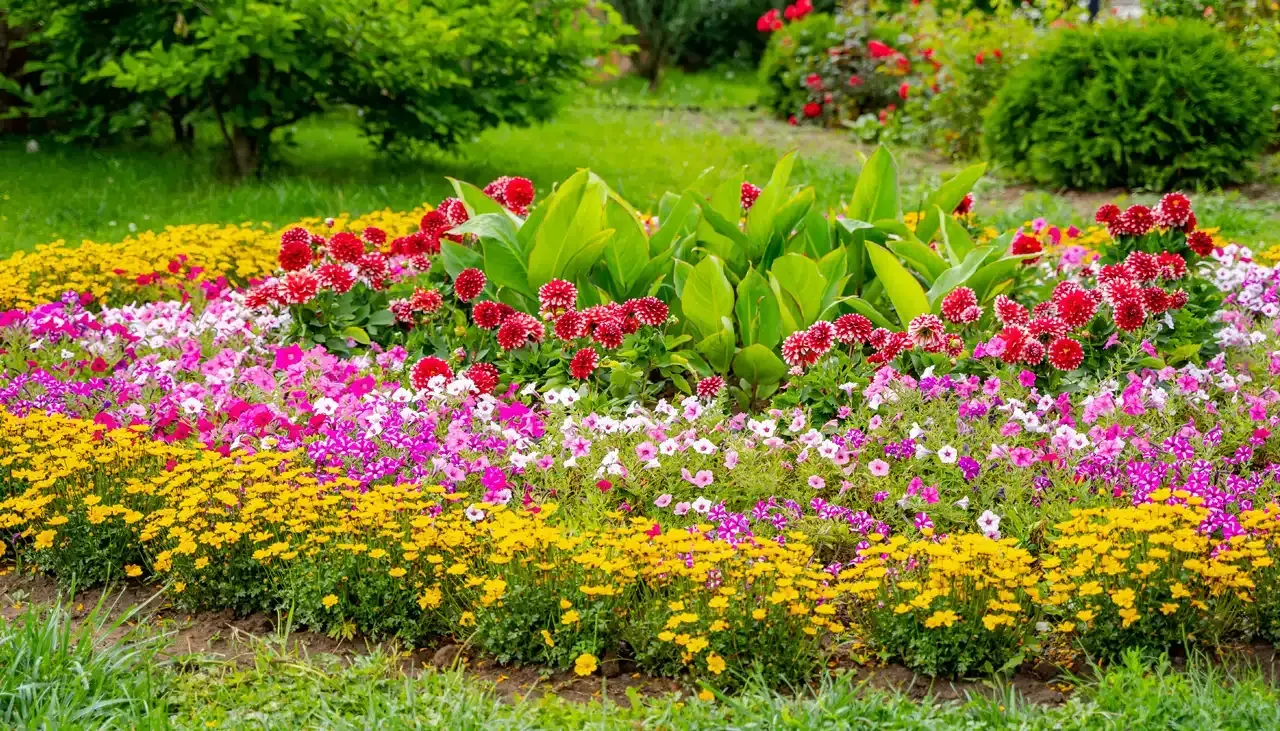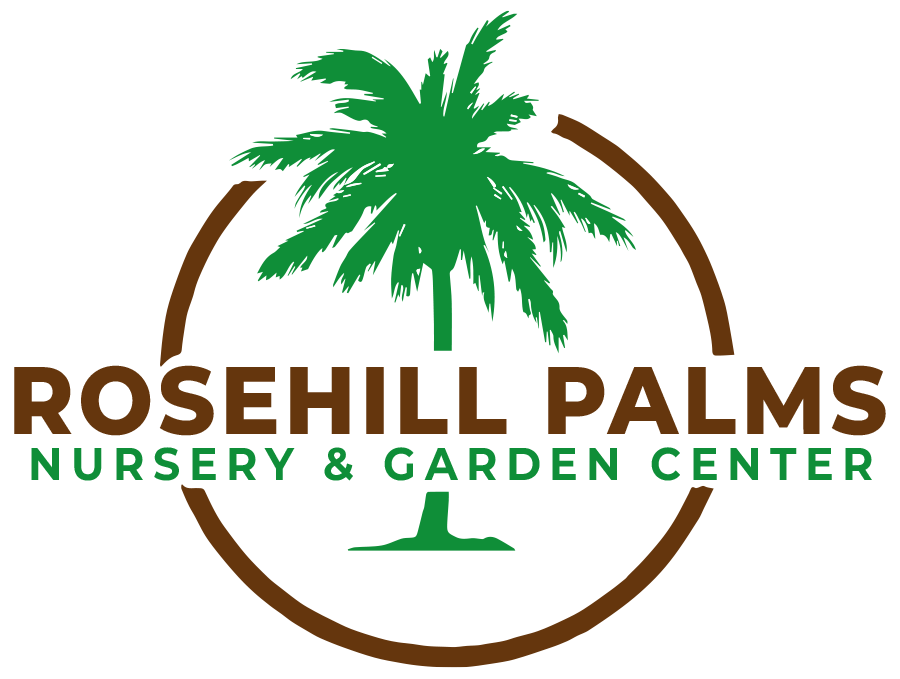How to Fertilize Plants in the Summer
How to Fertilize Plants in the Summer - Selection, Best Practices, and More!
Fertilizing plants is essential to ensure they receive the necessary nutrients for optimal growth and health. Proper fertilization practices can make a significant difference in the vibrancy and productivity of your garden. In this guide, we’ll explore the importance of fertilization, types of fertilizers, application techniques, and tips for maximizing results, particularly during the summer months.
Importance of Summer Fertilization
Summer is a critical time for fertilizing plants as they are in their peak growing season. During this period, plants require more nutrients to support the rapid development of leaves, flowers, and fruits. Proper fertilization during summer can lead to lush foliage, abundant blooms, and a bountiful harvest. It also helps plants withstand the stresses of heat and drought.
Types of Fertilizers for Summer
Choosing the right type of fertilizer is crucial for the health of your plants. There are two main types of fertilizers: organic and synthetic. There are also different categories of fertilizer activations.
Organic Fertilizers
Organic fertilizers are derived from natural sources such as compost, manure, and bone meal. They release nutrients slowly as they break down, providing a steady supply of nutrients to the plants. Organic fertilizers improve soil structure and increase its ability to retain water and nutrients. They are environmentally friendly and promote healthy soil microbial activity.
Some challenges of organic fertilizers is that they generally have lower nutrient concentrations than synthetic fertilizers. This means larger quantities may be needed to achieve the same level of nutrients. They also tend to be slow-release, as they require microbial activity to break them down into available nutrients.
Synthetic Fertilizers
Synthetic fertilizers are manufactured from chemical compounds and provide nutrients in a readily available form. They are typically more concentrated than organic fertilizers and can provide a quick nutrient boost. These types of fertilizers are precisely formulated to meet specific nutritional requirements, allowing for targeted feeding.
However, Over-reliance on synthetic fertilizers can lead to soil degradation as they do not improve soil structure and can sometimes lead to nutrient imbalances or runoff if not applied correctly. There is also a greater risk of over-fertilization, which can harm plants.
Are organic fertilizers better than synthetic ones for fertilization?
The choice between organic and synthetic fertilizers depends on various factors, including your gardening goals, soil conditions, and environmental considerations. Organic fertilizers are ideal for long-term soil health and sustainability, while synthetic fertilizers offer quick, targeted nutrient delivery. A balanced approach, using both types of fertilizers as needed, can often provide the best results for your garden.
Activation Slow-Release Fertilizer versus Liquid Fertilizer
Slow-release fertilizers release nutrients gradually over time, providing a consistent supply of nutrients without the risk of over-fertilization. They are ideal for busy gardeners as they require less frequent applications.
Liquid fertilizers, on the other hand, are applied in a liquid form and are quickly absorbed by plants. They are excellent for providing immediate nutrient boosts and correcting deficiencies.
Fertilizer Application
When should I apply fertilizer?
You should apply fertilizer multiple times throughout the year, but it depends on the type of plants and their growing season. A general rule to follow is to avoid fertilizer too close to your plants’ dormant season, usually winter.
Lawns: Fertilize in early spring and late fall.
Flowering Plants: Early spring and mid-summer.
Vegetables: Before planting and every few weeks during the growing season.
Trees and Shrubs: Early spring and late fall.
The best time of day to apply fertilizer is during the early morning or late afternoon when temperatures are cooler. Avoid fertilizing during the hottest part of the day to prevent nutrient burn.
What are the signs that my plants need fertilizer?
Signs that your plants need fertilizer include yellowing leaves, stunted growth, poor flowering, and overall lack of vigor. Conducting a soil test can also help determine nutrient deficiencies.
How often should I apply fertilizer?
The frequency of fertilization depends on the type of fertilizer used and the specific needs of your plants. Generally, slow-release fertilizers are applied every 2-3 months, while liquid fertilizers may need to be applied every 2-4 weeks during the growing season.
How much fertilizer should I apply?
Always follow the instructions on the fertilizer package. Over-fertilization can damage plants and lead to nutrient imbalances. As a general rule, it’s better to apply less fertilizer more frequently than to apply too much at once.
Is it possible to over-fertilize?
Yes, over-fertilization can harm plants by causing nutrient burn, inhibiting root growth, and contaminating the soil and groundwater. It’s essential to apply the correct amount and type of fertilizer for your plants.
Rosehill Palms
18511 FM 2920 Rd, Tomball, TX 77377
Proud member of the
Please feel free to contact us via the form below. We will give you an answer as soon as possible!
Contact Form Blog
We will get back to you as soon as possible.
Please try again later.
Rosehill Palms | Developed by Urdaneta Group WSI | All Rights Reserved 2025
Rosehill Palms | Developed by WSI Houston | All Rights Reserved 2024





